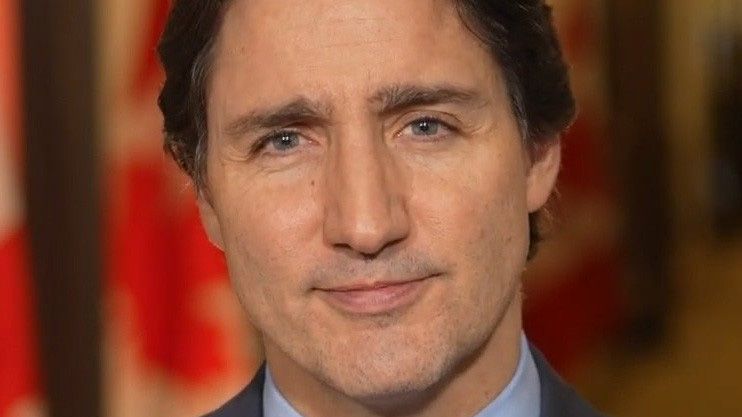Ether (ETH) price is up 60% since May 3, outperforming leading cryptocurrency Bitcoin (BTC) by 32% over that span. However, evidence suggests the current $1,600 support lacks strength as network use and smart contract deposit metrics weakened. Moreover, ETH derivatives show increasing sell pressure from margin traders.
The positive price move was primarily driven by growing certainty of the “Ethereum merge” transition to a proof-of-stake (PoS) consensus network in September. During the Ethereum core developers conference call on July 14, developer Tim Beiko proposed Sept. 19 as the tentative target date. In addition, analysts expect the new supply of ETH to be reduced by up to 90% after the network’s monetary policy change, thus a bullish catalyst.
Ethereum’s total value locked (TVL) has vastly benefited from Terra’s ecosystem collapse in mid-May. Investors shifted their decentralized finance (DeFi) deposits to the Ethereum network thanks to its robust security and battle-tested applications, including MakerDAO (MKR) — the project behind the DAI stablecoin.
Currently, the Ethereum network holds a 59% market share of TVL, up from 51% on May 3, according to data from Defi Llama. Despite gaining share, Ethereum’s current $40 billion deposits on smart contracts seem small compared to the $100 billion seen in December 2021.
Demand for decentralized application (DApp) use on Ethereum seems to have weakened, considering the median transfer fees, or gas costs, which currently stand at $0.90. That’s a sharp drop from May 3, when the network transaction costs surpassed $7.50 on average. Still, one might argue that higher use of layer-2 solutions such as Polygon and Arbitrum are responsible for the lower gas fees.
Options traders are neutral, exiting the “fear” zone
To understand how whales and market makers are positioned, traders should look at Ether’s derivatives market data. In that sense, the 25% delta skew is a telling sign whenever professional traders overcharge for upside or downside protection.
If investors expect Ether’s price to rally, the skew indicator moves to -12% or lower, reflecting generalized excitement. On the other hand, a skew above 12% shows reluctance to take bearish strategies, typical of bear markets.

For reference, the higher the index, the less inclined traders are to price downside risk. As displayed above, the skew indicator exited “fear” mode on July 16 as ETH broke above the $1,300 resistance. Thus, those option traders no longer have higher odds of a market downturn as the skew remains below 12%.
Related: Ethereum will outpace Visa with zkEVM Rollups, says Polygon co-founder
Margin traders are reducing their bullish bets
To confirm whether these movements were confined to the specific options instrument, one should analyze the margin markets. Lending allows investors to leverage their positions to buy more…
Read More: cointelegraph.com









 Bitcoin
Bitcoin  Ethereum
Ethereum  XRP
XRP  Tether
Tether  Solana
Solana  Dogecoin
Dogecoin  USDC
USDC  Cardano
Cardano  Lido Staked Ether
Lido Staked Ether  TRON
TRON  Avalanche
Avalanche  Sui
Sui  Wrapped stETH
Wrapped stETH  Chainlink
Chainlink  Toncoin
Toncoin  Shiba Inu
Shiba Inu  Stellar
Stellar  Wrapped Bitcoin
Wrapped Bitcoin  Hedera
Hedera  Polkadot
Polkadot  WETH
WETH  Bitcoin Cash
Bitcoin Cash  Uniswap
Uniswap  Pepe
Pepe  Litecoin
Litecoin  Hyperliquid
Hyperliquid  LEO Token
LEO Token  Wrapped eETH
Wrapped eETH  NEAR Protocol
NEAR Protocol  Ethena USDe
Ethena USDe  USDS
USDS  Internet Computer
Internet Computer  Aptos
Aptos  Aave
Aave  Render
Render  Mantle
Mantle  Bittensor
Bittensor  Cronos
Cronos  POL (ex-MATIC)
POL (ex-MATIC)  Ethereum Classic
Ethereum Classic  Artificial Superintelligence Alliance
Artificial Superintelligence Alliance  Virtuals Protocol
Virtuals Protocol  WhiteBIT Coin
WhiteBIT Coin  Arbitrum
Arbitrum  MANTRA
MANTRA  Monero
Monero  Tokenize Xchange
Tokenize Xchange